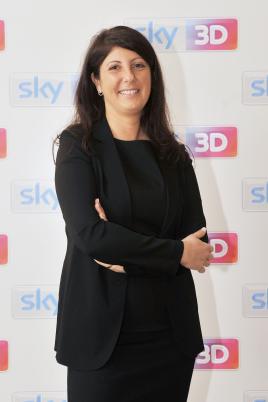
The movie “Caravaggio. The soul and the blood”, the new documentary of Sky Art Cinema, produced by Sky and Magnitudo, in cooperation with Vatican Media (Communications Secretariat of the Holy See) will premiere in cinemas across Italy on February 19. The documentary was produced under the auspices of the Ministry of Cultural Affairs’ Cinema Directorate General, with the patronage of the Municipality of Milan and in cooperation with Palazzo Reale. For the occasion SIR interviewed the coordinator and artistic director of “Sky Art Cinema” productions Cosetta Lagani, for a journey to the discovery of Caravaggio and of the new project on Michelangelo (to be released in 2018).
How has the depiction of art changed on the big screen? When we released our first “Sky Art Cinema” production in 2013, “The Vatican Museums 3D”, art documentaries were not yet being screened in movie theatres. A few productions had been made abroad, but they basically consisted in on-screen exhibitions. “The Vatican Museums 3D” contributed to this radical transformation.
It was positioned first place at the Italian box office and was screened in movie theatres across 60 countries, registering a record-breaking number of viewers in terms of art productions worldwide, with an audience of over 250 thousand viewers.
These are high numbers not only for a documentary but also for Italian movie productions abroad, that clearly point to the high request of innovative, educational audiovisual content illustrating the beauty of our Country. From “The Vatican Museums 3D” onward, art productions became a new line of business for many international producers and broadcasters as for Sky, that since then decided to produce art movies for the big screen on a regular basis of which I am the coordinator and artistic director. Such productions include: “Firenze e gli Uffizi” (2015), “San Pietro e le Basiliche Papali di Roma” (2016), “Raffaello il Principe delle Arti” (2017) and the two new art-films “Caravaggio. The soul and the blood” and “Michelangelo, infinite.”
What is the specific feature of these art documentaries? The strength of these productions can be summarised in a word:
Innovation.
Innovation with regard to the narrative approach (never purely didactic but rather emotional and masterful), and to the visual language (with state-of-the-art shooting and post-production techniques); all is placed at the service of artistic sites and works of art, thereby enabling viewers to experience them in full, with unprecedented, powerful emotional involvement. Before our films nobody had put cutting-edge filming technology at the service of art (with 3D screening, 4K, art dimensioning forms). It was a winning choice because technology (not as an end in itself but placed “at the service of…”) can give a fundamental contribution in enhancing and intensifying art’s emotional impact. After the film on Raffaello we started working to bring to completion the dialogue between cinema and art, with the support of historians and art experts serving as scientific advisors for the movie.
 You have contributed to the creation of compelling audiovisual productions in cooperation with the Communications Secretariat and the Vatican Museums. How did these projects with the Holy See come about?
Almost all of our art movies have been produced in cooperation with the Vatican Museums and the Communications Secretariat. I am very grateful to these Institutions for the confidence given to us and the precious cooperation, without which these projects would not exist. The Holy See has some of humanity’s greatest art collections, attracting millions of visitors ever year from world countries. An art project worthy of its name cannot prescind from these sites and from these works of art. However, what I had the privilege to accomplish with these important Institutions of faith and art is more than I had hoped, a synergy of purpose capable of blending tradition and innovation for the joint development of a continual planning program. This synergy of purpose came into being in 2013 with the Vatican Museum’s direction of “The Vatican Museums 3D”, in 2014 with the Vatican Television Centre, and since its establishment with the Communication Secretariat for the live streaming of the canonization of Pope Wojtyla and Pope Roncalli, the related documentary presented at the Festival of Rome and shortly after the film “Saint Peter and Rome’s Papal Basilicas” for the Extraordinary Jubilee of Mercy.
You have contributed to the creation of compelling audiovisual productions in cooperation with the Communications Secretariat and the Vatican Museums. How did these projects with the Holy See come about?
Almost all of our art movies have been produced in cooperation with the Vatican Museums and the Communications Secretariat. I am very grateful to these Institutions for the confidence given to us and the precious cooperation, without which these projects would not exist. The Holy See has some of humanity’s greatest art collections, attracting millions of visitors ever year from world countries. An art project worthy of its name cannot prescind from these sites and from these works of art. However, what I had the privilege to accomplish with these important Institutions of faith and art is more than I had hoped, a synergy of purpose capable of blending tradition and innovation for the joint development of a continual planning program. This synergy of purpose came into being in 2013 with the Vatican Museum’s direction of “The Vatican Museums 3D”, in 2014 with the Vatican Television Centre, and since its establishment with the Communication Secretariat for the live streaming of the canonization of Pope Wojtyla and Pope Roncalli, the related documentary presented at the Festival of Rome and shortly after the film “Saint Peter and Rome’s Papal Basilicas” for the Extraordinary Jubilee of Mercy.
We brought the art and the culture of world beauty on the big screen, also in Countries of South America, Asia, and, recently, also in China.
From “The Vatican Museums 3D” to “Raffaello”: documentaries on Italian art with a strong appeal on foreign markets. What are the potentialities for the audiovisual sector? The results of these first films were surprising. The combination of “art, cinema and technology”, and at the same time the dialogue between tradition and innovation, proved to be winning choices, attracting an increasingly large and heterogeneous audience in movie theatres worldwide. Under a certain angle it can be said that we created a brand and developed a new movie genre. The films have all been successful at Italy’s box office with record-breaking numbers of viewers in this segment on Sky. The greatest surprise came from abroad: they were screened in some 2000 cinemas worldwide and in many of them they ranked among the top 5 or top 10 placements in the box office. In this respect Colombia was among the greatest surprises with 75% of movie theatre tickets sold every day in which our films were screened, while the art historians of our films have become veritable celebrities. And recently in China, where our films premiered in 20 movie theatres across 10 Chinese cities, tickets were sold-out almost everywhere.
 Two more documentaries dedicated to Renaissance artists Michelangelo and Caravaggio are in the pipeline. Could you anticipate something about them? Our movies consist in constant narrative, visual and technological experiments. In this respects the films on Caravaggio and Michelangelo are a further innovative step: they are very different from one another in terms of narrative, stylistic and visual choices, but they are also very different from the previous ones. For Caravaggio we developed an unprecedented way of describing one of the most celebrated – and controversial – artists. In technical terms we were among the first in Italy to experiment with Magnitudo film, 8K filming – the current highest ultra high definition – along with cutting-edge CGI techniques that fully depict the emphases of lights and shadows characterising Caravaggio’s paintings, two technological “stratagems” that have enabled us to “give substance” to his masterpieces thereby producing a unique perception of them, providing a “quasi-tactile” experience to viewers.
Two more documentaries dedicated to Renaissance artists Michelangelo and Caravaggio are in the pipeline. Could you anticipate something about them? Our movies consist in constant narrative, visual and technological experiments. In this respects the films on Caravaggio and Michelangelo are a further innovative step: they are very different from one another in terms of narrative, stylistic and visual choices, but they are also very different from the previous ones. For Caravaggio we developed an unprecedented way of describing one of the most celebrated – and controversial – artists. In technical terms we were among the first in Italy to experiment with Magnitudo film, 8K filming – the current highest ultra high definition – along with cutting-edge CGI techniques that fully depict the emphases of lights and shadows characterising Caravaggio’s paintings, two technological “stratagems” that have enabled us to “give substance” to his masterpieces thereby producing a unique perception of them, providing a “quasi-tactile” experience to viewers.
 What about the narrative aspect? In line with Caravaggio’s contemporariness we decided to represent the expressions of his soul in an abstract, linear contemporary setting, staging common people and not actors (just as were the models he used for his portraits). In these powerful, evocative scenes the characters’ interpretation is real and without filters thus the audience is led to a familiar place, putting them into direct contact with the man Caravaggio. The scenes are narrated by the voice-over of Caravaggio’s personage interpreted by a great contemporary artist, Manuel Agnelli, under certain angles with akin talent and artistic choices.
What about the narrative aspect? In line with Caravaggio’s contemporariness we decided to represent the expressions of his soul in an abstract, linear contemporary setting, staging common people and not actors (just as were the models he used for his portraits). In these powerful, evocative scenes the characters’ interpretation is real and without filters thus the audience is led to a familiar place, putting them into direct contact with the man Caravaggio. The scenes are narrated by the voice-over of Caravaggio’s personage interpreted by a great contemporary artist, Manuel Agnelli, under certain angles with akin talent and artistic choices.
 Could you tell us something about the work on Michelangelo?
“Michelangelo. Infinite”, marks a decisive step towards the transformation of these products in veritable films with “authoritative fiction” and a departure from traditional documentaries. The innovative idea of the script was to develop the narration on the works of art within a “masterful” fictional context. On screen we see Michelangelo (with the outstanding performance of Enrico Lo Verso) who inside an evocative Carrara marble quarry retraces his life, his inner restlessness and turmoil, his creative angst. The narration is entrusted to art historian Giorgio Vasari (masterfully interpreted by Ivano Marescotti), who knew Michelangelo and thus witnessed episodes of his life and artistic creations. The historic and artistic account is expressed through their narrations and recollections, that include suggestive images of Michelangelo crafting the masterpiece Sistine Chapel ceiling and Last Judgement, along with their utter involvement in the realm of their artistic creation. The film will feature all of Michelangelo’s major sculptures and vast pictorial production, in addition to many drawings, with filming of the works from unprecedented perspectives and private sites, not open to the public. The project, a joint production of Sky and Magnitudo, was developed thanks to previous cooperation with the Vatican Museums and with the Communications Secretariat. The film will be screened in movie theatres in 2018.
Could you tell us something about the work on Michelangelo?
“Michelangelo. Infinite”, marks a decisive step towards the transformation of these products in veritable films with “authoritative fiction” and a departure from traditional documentaries. The innovative idea of the script was to develop the narration on the works of art within a “masterful” fictional context. On screen we see Michelangelo (with the outstanding performance of Enrico Lo Verso) who inside an evocative Carrara marble quarry retraces his life, his inner restlessness and turmoil, his creative angst. The narration is entrusted to art historian Giorgio Vasari (masterfully interpreted by Ivano Marescotti), who knew Michelangelo and thus witnessed episodes of his life and artistic creations. The historic and artistic account is expressed through their narrations and recollections, that include suggestive images of Michelangelo crafting the masterpiece Sistine Chapel ceiling and Last Judgement, along with their utter involvement in the realm of their artistic creation. The film will feature all of Michelangelo’s major sculptures and vast pictorial production, in addition to many drawings, with filming of the works from unprecedented perspectives and private sites, not open to the public. The project, a joint production of Sky and Magnitudo, was developed thanks to previous cooperation with the Vatican Museums and with the Communications Secretariat. The film will be screened in movie theatres in 2018.
As a woman you succeeded in affirming yourself in a sector with a prevailing presence of men in top managerial positions. What is your advice to the young generations? The message and the best advice I could give to young people wishing to work in the field of audiovisual production (although it could be said for all sectors) stems from my profession:
passion, determination, reliability, passionate commitment, ability to promote cooperation based on similarity of visions and synergy of purpose, along with a lot of curiosity, the courage of following personal intuitions and running well thought-out risks.
The opportunities in the audiovisual sector are presently huge: Italy’s creative industry is in full blossom. There are ongoing opportunities for innovation, the international scenario and the related opportunities of cooperation are increasingly interesting, also with the entrance of China on this market. In this scenario, working in a context such as that of Sky, that made the constant quest for quality and innovation the core values of its DNA, is extremely stimulating.




